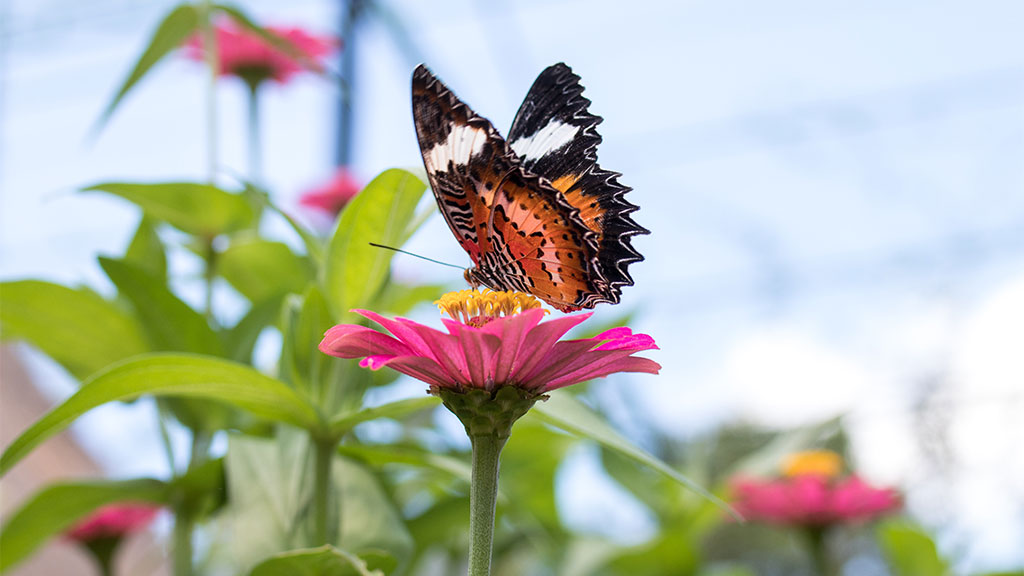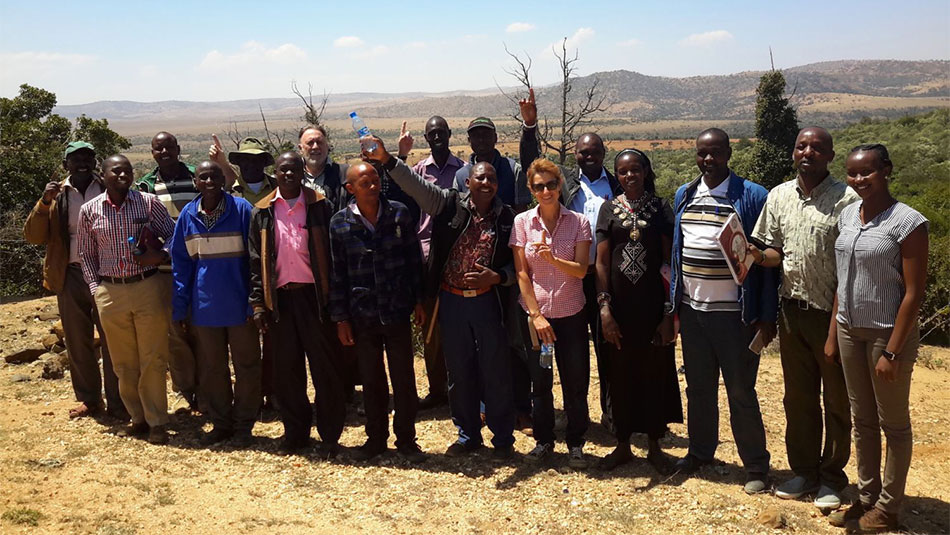Watamu Marine Park and the larger Marine Reserve combined is one of the oldest Marine Protected Areas in the world, They have successfully protected the amazing coral reefs and seagrass beds found on this coast ever since. However, the Kenya Wildlife Service has highlighted the need for research in order to manage this incredible wildlife sanctuary in a dynamic and changing world. For example in 1998 coral across the Indian Ocean suffered a mass bleaching event, where unusually hot water overheated the coral and caused it to die. It is increasingly believed that bleaching events are a result of climate change and create a difficult management task of how to help the coral persist and recolonize when these extreme events occur. We will be looking into some of these issues and other conservation threats concerning the marine protected areas and joining together with the international community of coral conservationists, trying to find the best solutions for maintaining healthy reefs.
Educational Research

There are three main areas in which we focus our research currently: Biodiversity, Climate Change, and Fisheries/Poverty Alleviation. These three themes will focus our work into the future.
We started mainly by trying to understand the system in which we are working. This led us to mostly focus on research. We have continually collated and published some of the information we have collected and conducted a gap analysis on areas which might be the focus of our work in the coming years. We will especially look at listed species to determine appropriate activities to focus on these species. We will also continue monitoring these species and their associated habitats for adaptive management action.
An additional outcome of this above future analysis will be examining and proposing a Marine Community Conservation Programme, based upon an assessment of historical and our own research, threats to the systems, and our understanding of other successful models.






 We support individuals by; providing placements, assisting with information and travel or other insurance products, hosting pre-departure preparation, supporting individuals and families whilst overseas with us and on their return.
We support individuals by; providing placements, assisting with information and travel or other insurance products, hosting pre-departure preparation, supporting individuals and families whilst overseas with us and on their return. UniversalGiving™ is an award-winning website that helps people give and volunteer with the top-performing projects all over the world. All projects are vetted through UniversalGiving's trademarked, proprietary Quality Model.™ 100% of each donation goes directly to the cause.
UniversalGiving™ is an award-winning website that helps people give and volunteer with the top-performing projects all over the world. All projects are vetted through UniversalGiving's trademarked, proprietary Quality Model.™ 100% of each donation goes directly to the cause.